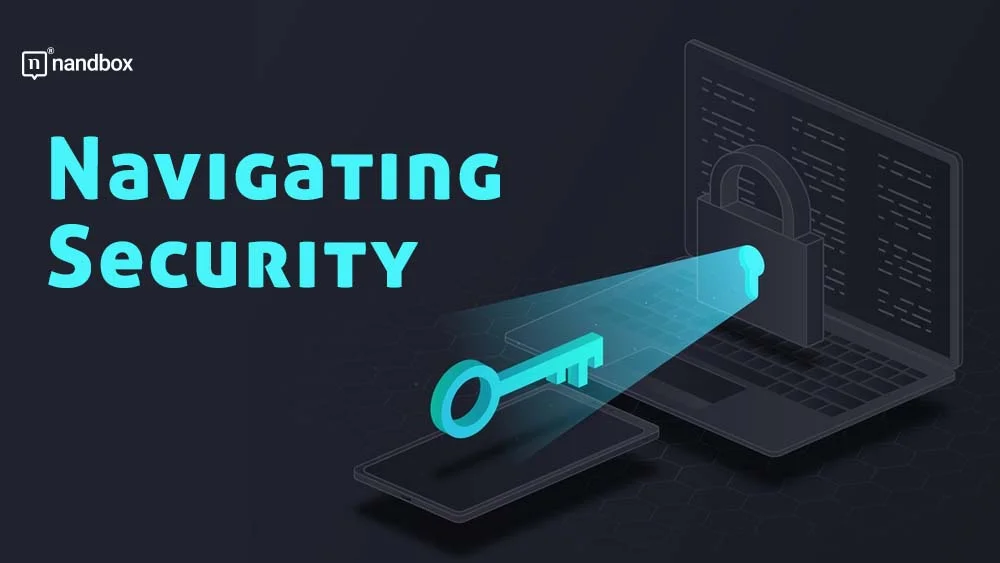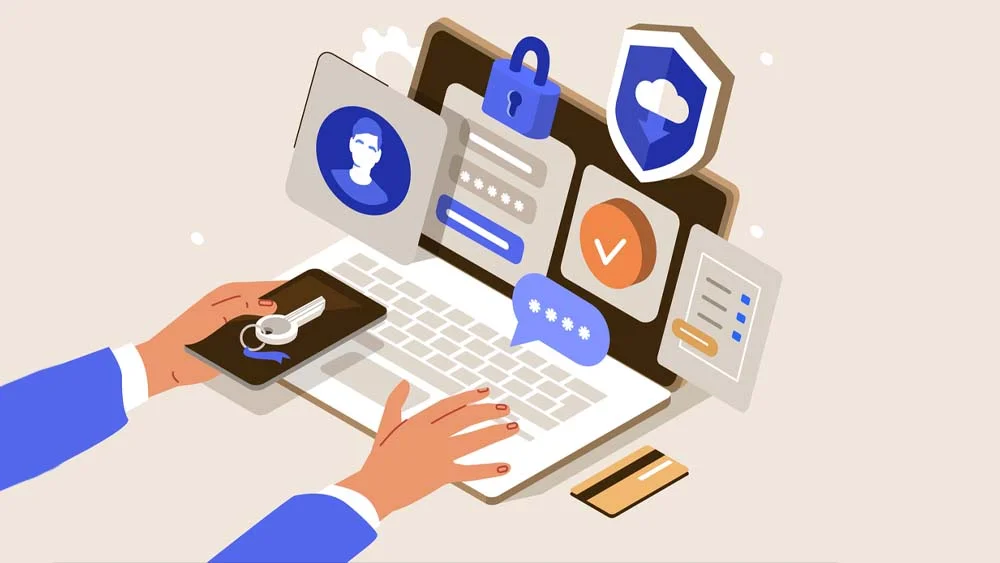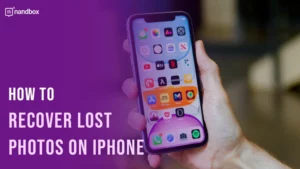Choosing Authentication Methods That Fit Your Organization
Modern businesses rely on the latest digital technologies to improve their results. Digital technologies have allowed companies to communicate more effectively, collaborate, improve flexibility, boost productivity, stay competitive, etc. That is why, in this article, we’ll discuss the how to choose an authentication method to improve your digital technology results.
Digital transformation is necessary for businesses of all sizes as this helps them stay relevant to their target markets and provide the right products or experiences their customers need. Companies that can’t adjust are the ones that fall behind.
Spending on digital services and transformation is expected to grow from $960 million in 2017 to $3.4 billion by 2026. However, this switch to digital technologies has also introduced security challenges that must be addressed. Today, we’ll talk about how to choose an authentication method and how to find the right one for your organization’s needs.
What is Authentication?
Authentication refers to verifying a device or user identity to ensure secure business systems or data access. There are five main authentication methods you can use, and the best option for your business depends on your general business setup, including processes, technology used, budget, organizational structure, etc.
Authentication can be used both internally and externally. You can ensure the right employees have the right level of access or simply know your customer base and ensure no fraudsters are using your services.
The five main authentication methods are:
- Token authentication or token-based authentication;
- SSO authentication (single-sign-on authentication);
- 2FA & MFA authentication (two-factor authentication & multi-factor authentication);
- Biometric authentication;
- Password authentication.
1. Token-Based Authentication
Tokens are unique and private codes generated for confirming user identity and granting access. When an employee or customer tries to log into their account, a unique token is created and sent to their device. Tokens unlock access to accounts and remove the need for passwords.
Tokens are encrypted, and nobody can access them. They remain active until users log out, or they time out after users leave the server.
How/which businesses should use this authentication method?
Tokens should expire quickly as this reduces the potential for unauthorized access or someone intercepting them.
Organizations must monitor their token usage regularly to ensure there’s no suspicious activity and analyze and log all relevant metrics. One of the benefits of token authentication is that it should be simple and grant instant access. If not, it’s best to go with another option.
2. SSO Authentication
SSO authentication uses one pair of credentials for accessing multiple systems. Users have to remember a single password and get access to various tools or services. For example, with a Microsoft Office 365 SSO authentication, you can use Excel, OneDrive, Outlook, PowerPoint, Word, and One Note. Another popular method for SSO authentication is OpenID Connect (OIDC), which is a simple identity layer on top of the OAuth 2.0 protocol. OIDC allows clients to verify the identity of the end-user based on the authentication performed by an authorization server. If your organization is considering options, here are some recommended SSO providers that may suit your needs.
How/which businesses should use this authentication method?
One of the ways this authentication method works effectively is if you invest in software with an SSO functionality that comes with sister apps your business needs. This software should include regular updates and access control features and allow you to manage secure measures.
SSO authentication is an excellent option for companies using cloud services as it speeds up access without compromising security. Businesses must also monitor SSO logs regularly to ensure no breaches or failed login attempts.
3. Authentication Methods: 2FA & MFA authentication
MFA authentication is a security protocol that requires users to verify themselves through multiple methods so they can access data or services. 2FA includes two verification methods, but there can be even three or more. With this setup, when one verification method fails, the others can ensure nobody can access sensitive business data.
How/which businesses should use this authentication method?
Companies using MFA must do security audits to identify vulnerabilities and make the necessary updates to prevent abuse. Furthermore, companies should invest in MFA tools that let them customize authentication when necessary.
Multi-factor authentication suits sensitive business tools like project management systems, CRM tools, and HR apps. It can also be used for remote network access and system logins.
4. Biometric Authentication
Biometric authentication relies on an individual’s physical characteristics like facial features, voice, or fingerprints to verify them. It removes the need for passwords and creates an added security layer that can’t be copied or stolen like other security methods.
How/which businesses should use this authentication method?
Companies that want to use a single authentication method for their employees, stakeholders, and customers should use tools with biometrics functionality.
When setting up biometric authentication, you must ensure you’re gathering data in compliance with regulations and have a meticulous data management process. Companies can choose between voice, fingerprint, and face scan authentication depending on the service or tool being accessed.
5. Authentication Methods: Password Authentication
Password authentication is the simplest and most common authentication method. It involves authentication by looking at the password entered by the user. It offers the lowest level of security and disrupts user experience but can still be used effectively if appropriately organized.
How/which businesses should use this authentication method?
Companies must implement a thorough security training policy to teach employees how to create strong passwords, use them properly, and manage them. Offering ongoing education is essential, as weak passwords are a leading reason for security breaches. Employees should also change passwords periodically.
Conclusion
Define your authentication needs, including how you want to authenticate systems, why, where, when, and who. Evaluate available options to see which user experiences, frequencies, factors, and types are most compatible with your needs. Use a free trial to test how a specific solution works for your business.






